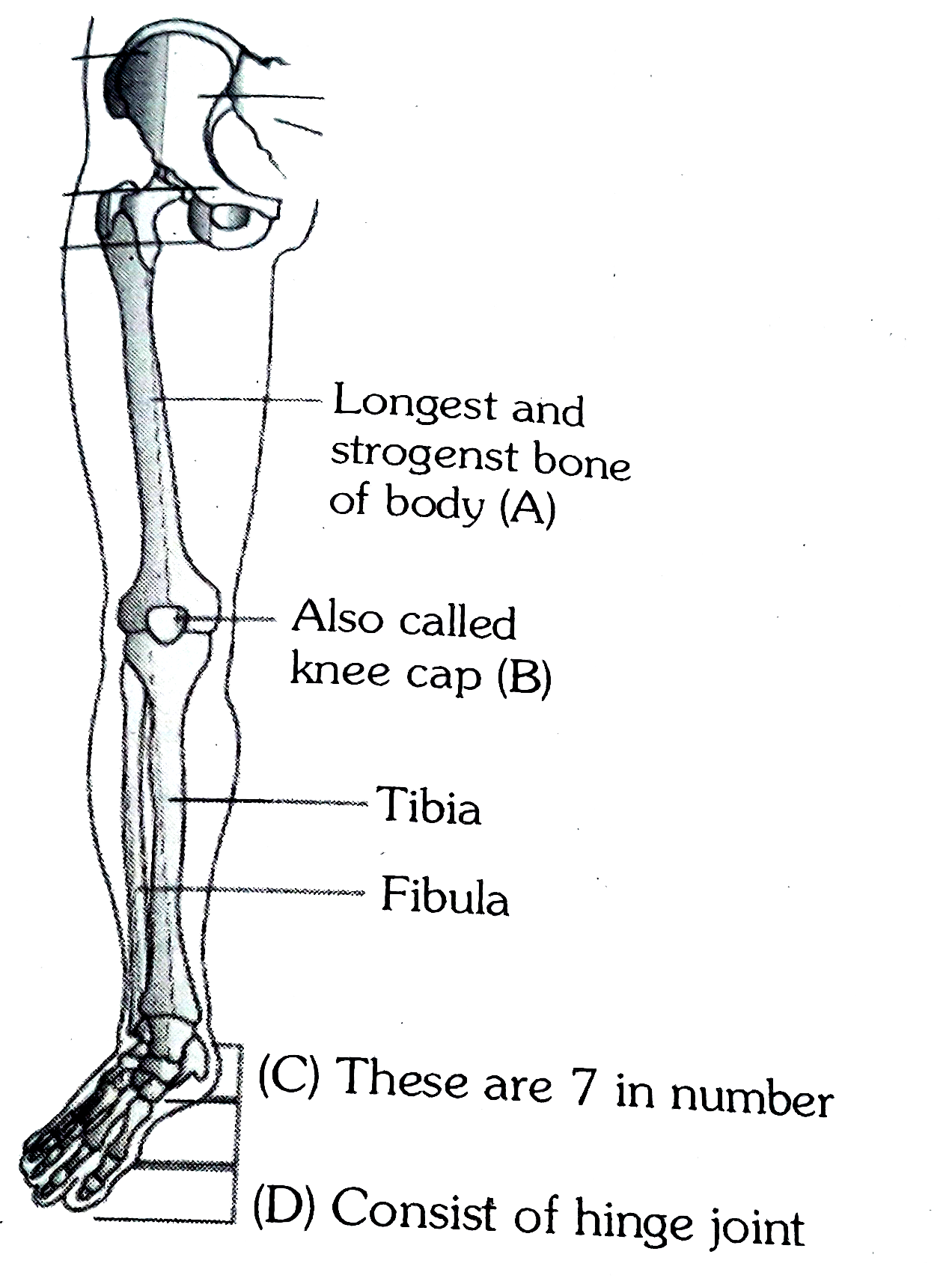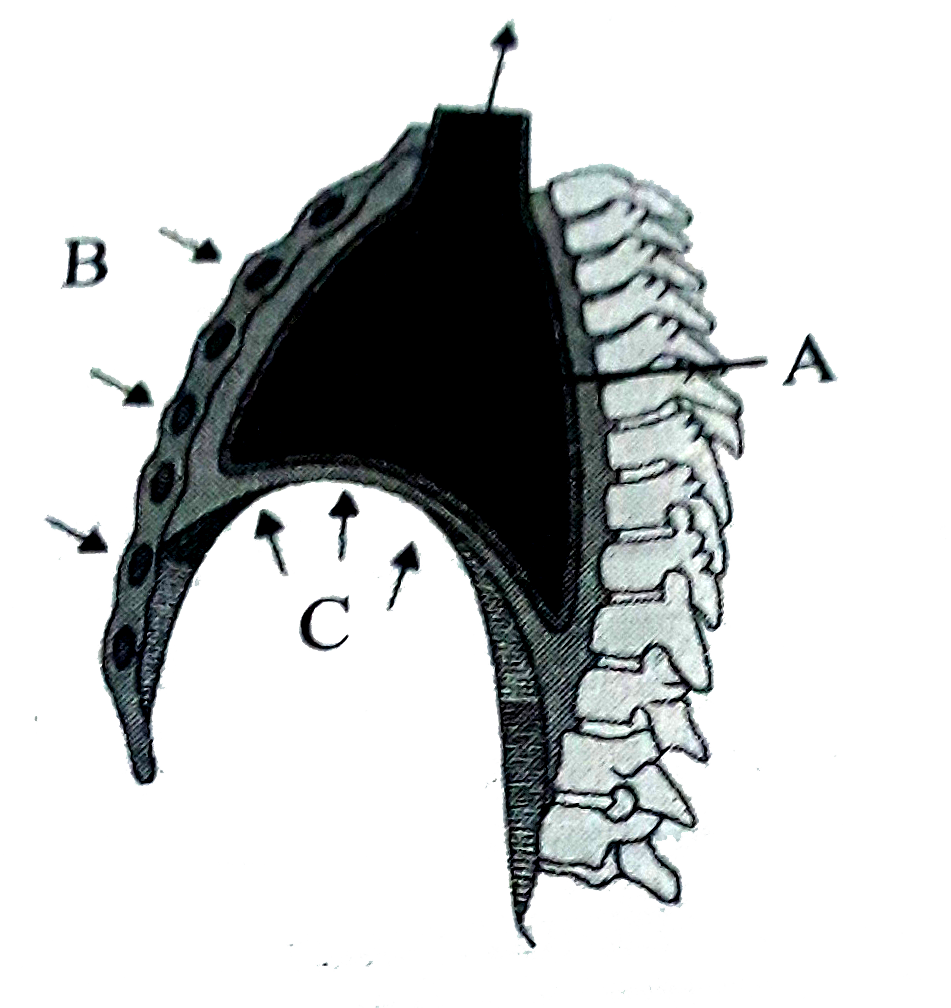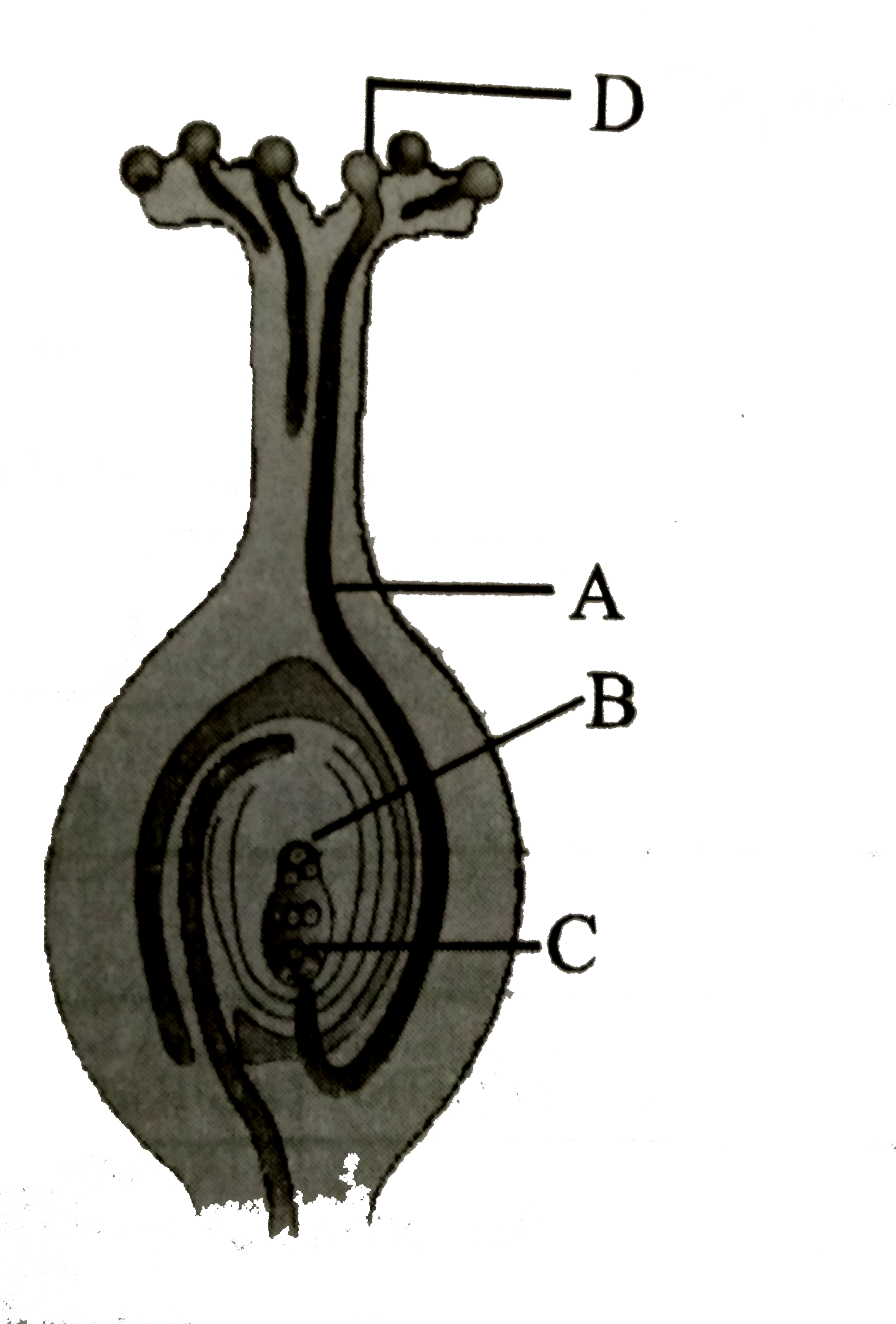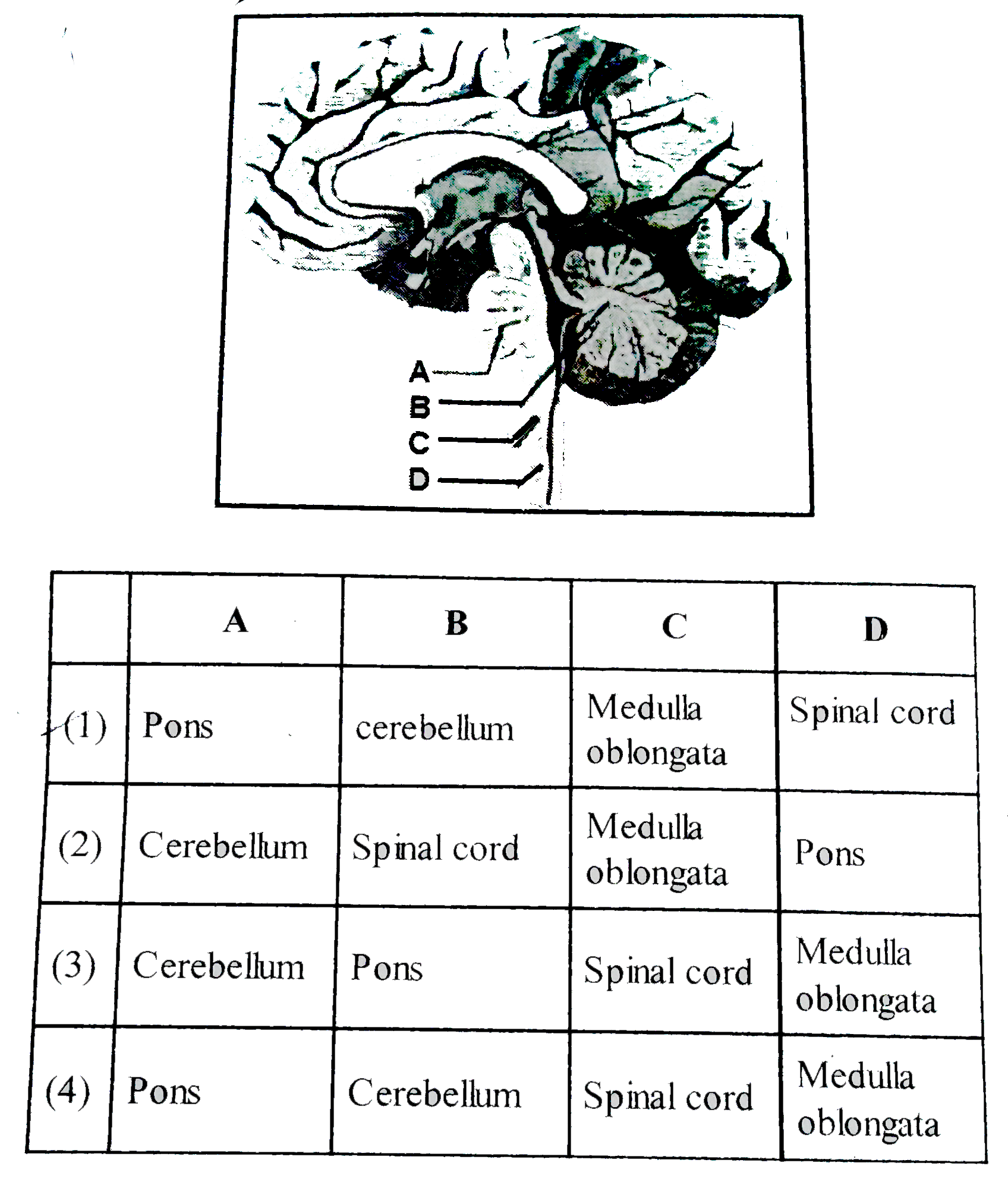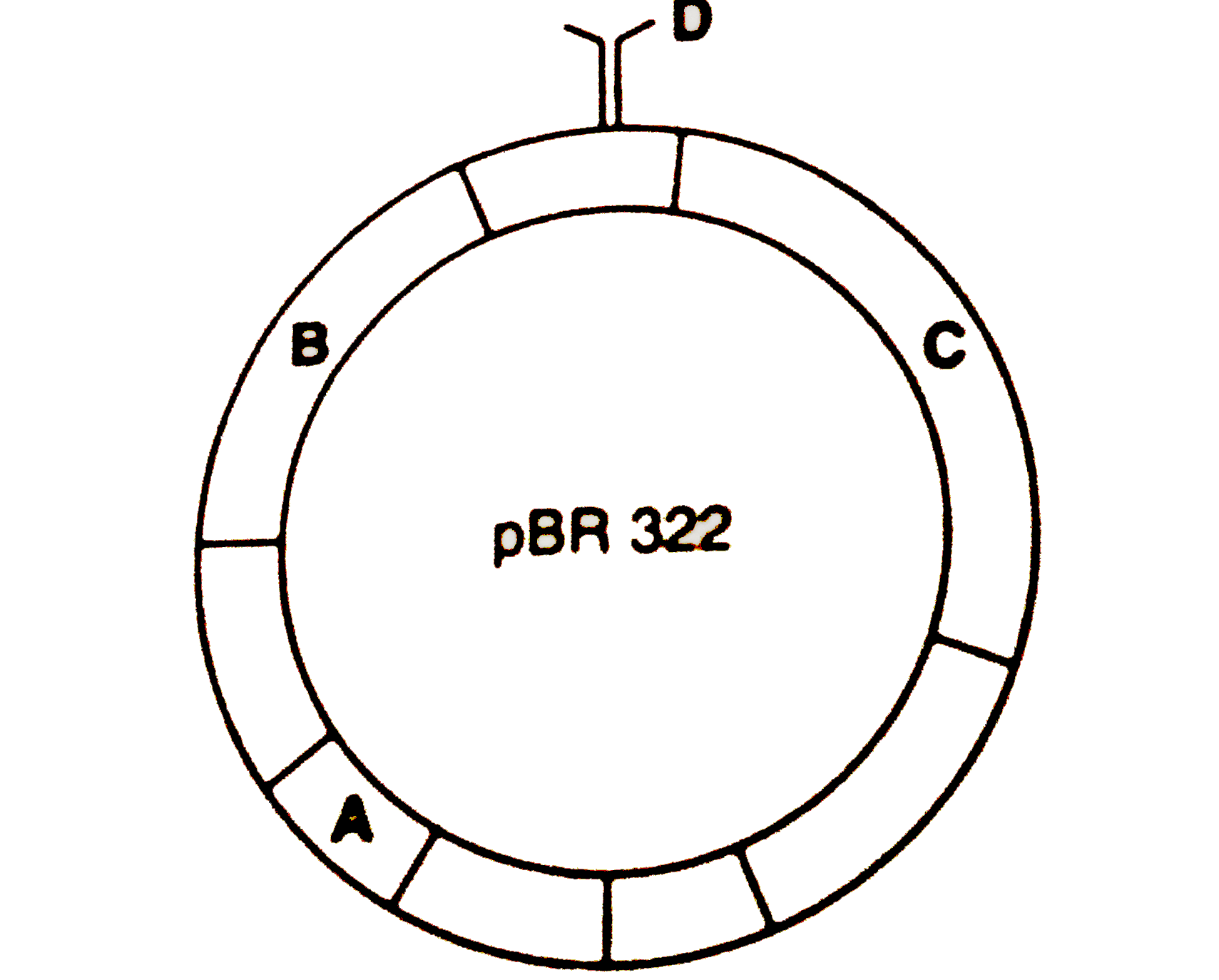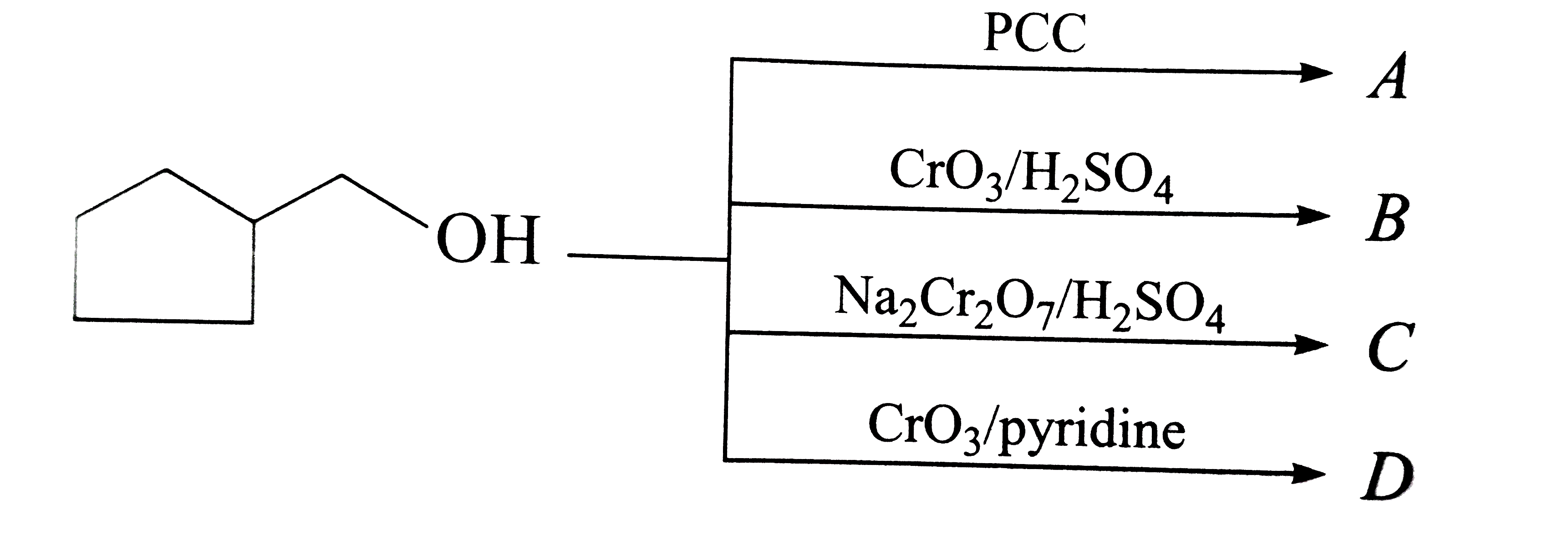identify A, B, C and D in the given figrure.
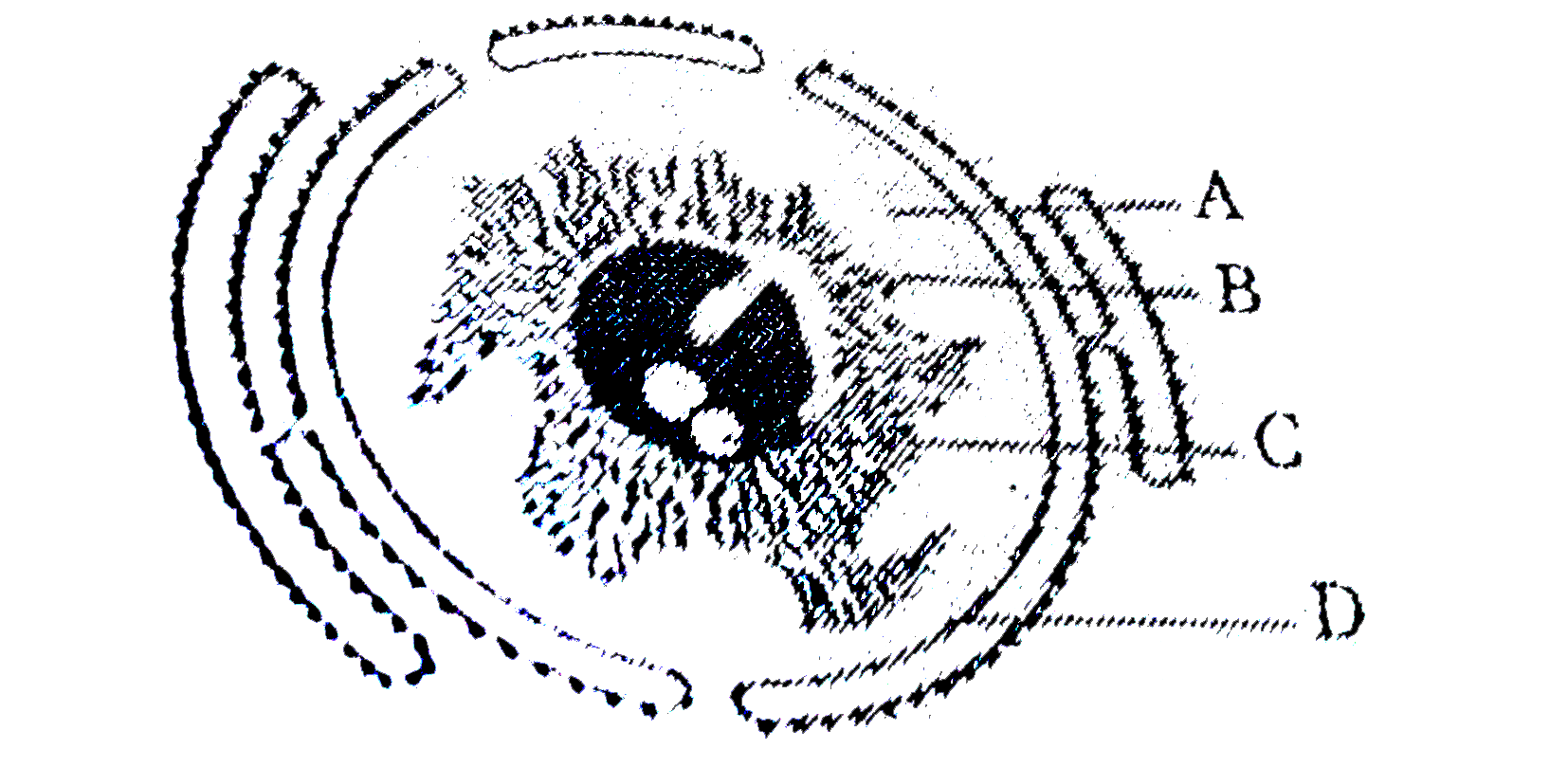
A
A-Nucleoplasm, B-nucleolus, C-nuclear pore, D-nuclear membrane.
B
A-Nucleolus, B-nucleoplasm, C-nuclear membrane. D-nuclear pore.
C
A-nuclear pore, B-nuclear membrane, C-nucleoplasm, D-nucleolus
D
A-nuclear membrane, B-nucleoplasm, C-nuclearpore, D-nuclear membrane.
Video Solution
Text Solution
The correct Answer is:A
|
Answer
Step by step video & image solution for identify A, B, C and D in the given figrure. by Biology experts to help you in doubts & scoring excellent marks in Class 12 exams.
Updated on:21/07/2023Topper's Solved these Questions
- CELL: THE UNIT OF LIFEBOOK - ARIHANT NEETCHAPTER - CELL: THE UNIT OF LIFEEXERCISE - Chapter Exercises B Medical entrances special format questions (Statement Based Question)
16 Videos
- CELL: THE UNIT OF LIFEBOOK - ARIHANT NEETCHAPTER - CELL: THE UNIT OF LIFEEXERCISE - Chapter Exercises B Medical entrances special format questions (Match the column)
4 Videos
- CELL: THE UNIT OF LIFEBOOK - ARIHANT NEETCHAPTER - CELL: THE UNIT OF LIFEEXERCISE - Check point 15.5
15 Videos
- CELL CYCLE AND CELL DIVISIONBOOK - ARIHANT NEETCHAPTER - CELL CYCLE AND CELL DIVISIONEXERCISE - Chapter Exercises (C) Medical entrances gallery (collection of questions asked in NEET & Various medical entrance exams)
63 Videos
- CHEMICAL COORDINATION AND INTEGRATIONBOOK - ARIHANT NEETCHAPTER - CHEMICAL COORDINATION AND INTEGRATIONEXERCISE - MEDICAL ENTRANCES S GALLERY
100 Videos
Similar Questions
Knowledge Check
Identify A, B, C and D in the given diagram of mRNA.
 AABCDMethylated cap Initiation codonTermination codonPoly A tailBABCDPoly A tail Termination codonInitiation codonMethylated capCABCDMethylated cap Non-coding regionCoding regionPoly A tailDABCDMethylated cap Coding region Non-coding region Poly A tail
AABCDMethylated cap Initiation codonTermination codonPoly A tailBABCDPoly A tail Termination codonInitiation codonMethylated capCABCDMethylated cap Non-coding regionCoding regionPoly A tailDABCDMethylated cap Coding region Non-coding region Poly A tailIdentify A, B, C and D in given figure
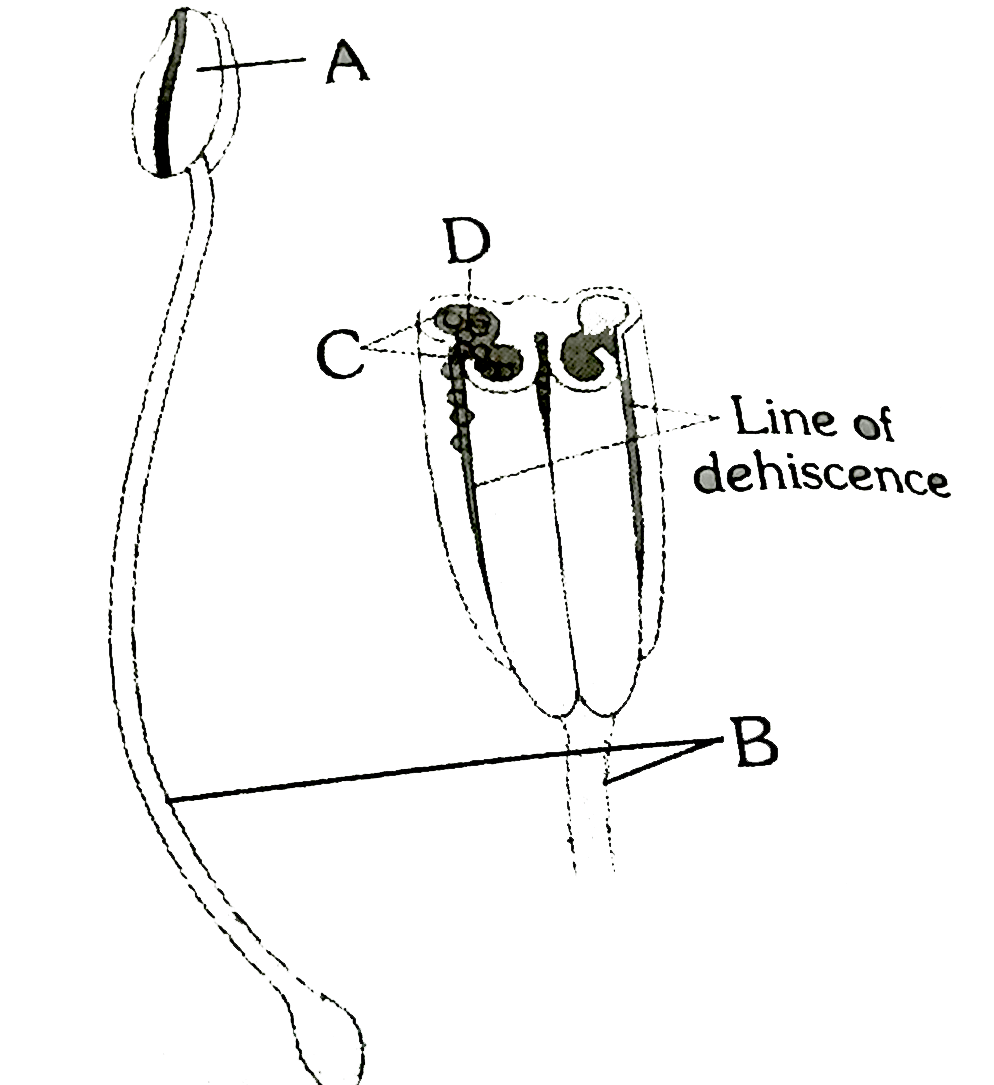 AA B C DAnther Filament Pollen sac Pollen grainsBA B C DAnther Pedicel Megasporangium Pollen grainsCA B C DAnther Petiole Megasporangium Pollen grainsDA B C DAnther Petiole Pollen sac Magaspore
AA B C DAnther Filament Pollen sac Pollen grainsBA B C DAnther Pedicel Megasporangium Pollen grainsCA B C DAnther Petiole Megasporangium Pollen grainsDA B C DAnther Petiole Pollen sac MagasporeIdentify A,B,C and D in the given diagram.
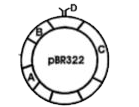 AA-ori, B−amprR,C−tetR, D-Hind IIIBA-Hind III, B−tetR,ampR D-oriCA−ampR,B−tetR,C Hind III, D-oriDA−tetR,B−H∈dIII,C−ori,D−ampR
AA-ori, B−amprR,C−tetR, D-Hind IIIBA-Hind III, B−tetR,ampR D-oriCA−ampR,B−tetR,C Hind III, D-oriDA−tetR,B−H∈dIII,C−ori,D−ampR

